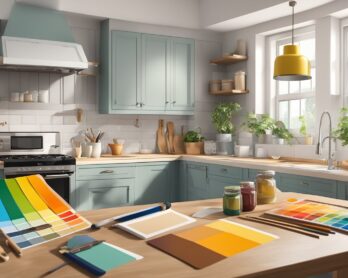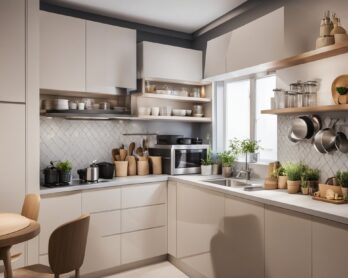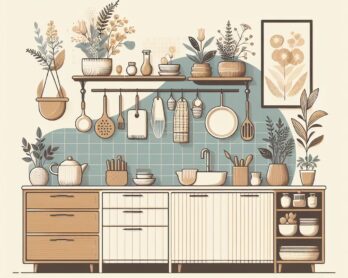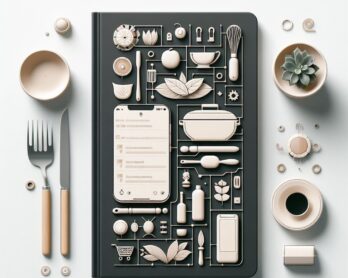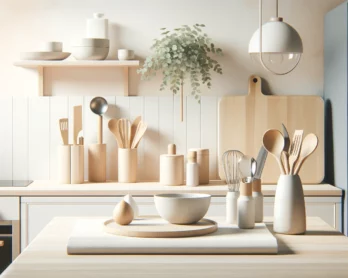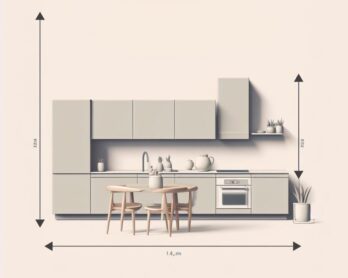Overview
Are you dreaming of and planning for a new-build house or an outdated kitchen to remodel? When you design your own kitchen, the first thing you will want to do, if you are not handy or qualified, is hire craftspeople for each specific field of work: carpenters, electricians, plumbers, tile or marble setters, and trim carpenters. You may have other specialties for other trades. These people are always busy, so schedule them for the dates you will be using their services. Be sure to get three bids and try to find referral from family or friends. If you are doing craft-specific contracts keep a timeline posted on the wall created in Excel. Prepare any change orders for any additional work not included in the bid. If you are overcharged, double, and even triple charged for tasks, or get bad service, it is time consuming and expensive to take a contractor to small claims court or district court depending on the cost you expended for your project. Pay a percentage down and balance upon completion.
Most state’s city counties require electrical and plumbing inspections when you are finished to protect you, the homeowner. You can get the permits yourself or have the contractors get them. The price for permits is based on your best-price estimate of your project. Be sure to have the permits from these taped to your front door or window and when your project is finished, call for an inspection. The inspector will either pass the work or advise of changes.
Designing Your Own Kitchen
Designing your kitchen is creative and satisfying at the end of the day. You will have it laid out the way you want it to function for your appliances and work areas. When buying cabinets at home centers, the sales staff will go to your house and measure for you and help you plan your cabinet size.
In the meantime, make a drawing on graph paper where one square equals a foot or a half foot with your tentative ideas and have critically accurate measurements. Being off an inch will throw the build off entirely. Show the window first and don’t forget to add all your counter items such as a coffee pot, can opener, toaster, a stand mixer, knick-knacks, and the like for your countertop planning. Experiment and move things around on the paper.
After your preliminary paper concept, there is software to make your design look good with placement of cabinets, refrigerator, stove with oven or separate oven(s), dishwasher, and anything else you want to add. Decide on whether the dishwasher will be on the right or left side of the sink. Decide that at the outset, because it’s very expensive to move it changing lower cabinets as well. Right–handed people tend to like it on the right. Either way, be sure the drain from the dishwasher goes through the garbage disposal drain side of the sink, which will be on the right if your dishwasher is installed on the right. Two recessed can lights are nice above the sink to avoid shadows when being at the sink at night. You will want to stay within budget and time constraints you’ve established.
Kitchen Area Layout
When you design your own kitchen, you will need to decide:
Do you want your kitchen to be an eat-in kitchen? If you do, you will need to plan on the floor space for the table and chairs. On the other hand, do you want a bench-type table close to a window where the table is permanently anchored to the floor? Maybe you have a separate eating area or dining room with an open floor plan. If so, you can go all-out planning only the kitchen. The kitchen is the gathering room of any house. Do you have a peninsula or island in mind with tall stools or chairs to accommodate your guests? Do you have plans for the activities and lifestyle of youngsters or teenagers? Do you need a small space for a laptop? Do you want a walk-in pantry?
If your walls are only studs, decide where you want your kitchen window(s) to be for the outside view. What rooms do you want attached to the kitchen?
For a remodel, draw the current walls and decide if you want to remove or add walls. You might need to beam walls structurally based upon roof load. Do you want the plumbing and electrical to be as is, or do you need to move the plumbing to accommodate a new sink location? You might want to add more electric switches and outlets. Consider three-way switches if a switch is on an opposite wall. You might want a ceiling fan with or without lights. Be sure the blades are not too long. Redoing electrical and plumbing is pricey for anyone’s budget.
The Fun Part
The exciting time is deciding on what you want to put into your new kitchen. Do you want wood cabinets and if so, what kind of wood? Stainless steel appliances, black, or white? Built-in refrigerator?—be sure there is 3/8-inch clearance on both sides so it can breathe. Sinks? Porcelain or stainless steel? Do you want task lights under the cabinets or pendant lights over the island or peninsula, or even track lighting in a few places on the ceiling?
For flooring you will want to consider wood, tile, brick, marble, granite, and other beautiful materials. Some people still use kitchen-type carpeting. Decide on sliding glass doors, French doors, or a single door. Will the door lead to a deck or steps going straight to the ground?
Plan and decide all of your slightest preferences and you will realize a beautiful kitchen in the end.



